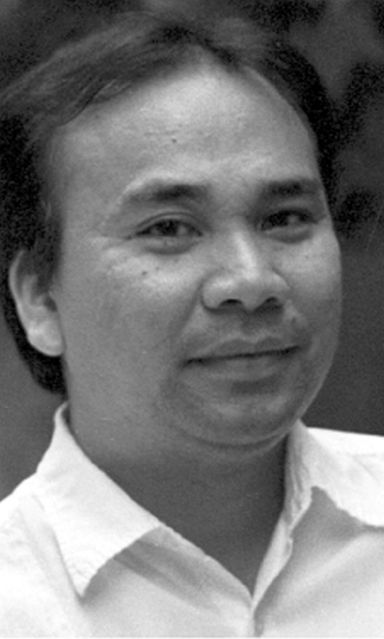
BERSALES
I can’t help but wonder what artifacts will be found as construction proceeds in earnest at the site where the M.J. Cuenco branch of Toyota Motor Philippines once stood until lately.
Located just across from where the old Seminario-Colegio de San Carlos once stood near the Plaza Independencia, this was once the original late Spanish period campus of the Colegio de la Inmaculada Concepcion.
The old San Carlos campus is where AA Barbecue and GMC Plaza (former home of Cathay Hardware) once stood.
This is about 200 meters west of the subway project where a number of 14th-15th century ceramics were recovered during its construction.
The University of San Carlos Museum also holds in its collection a number of Chinese and Thai jarlets and other ceramic pieces that were donated by the owners of Cathay Hardware from the site where they eventually built the Cathay Hardware Plaza on Sergio Osmeña Jr. St. leading to Pier 1.
If the building being constructed will go down 2.5 meters, chances are, the contractor will hit the same layer where pre-colonial burials were recovered at nearby Plaza Independencia.
This area is also, incidentally, another 40-50 meters east of where archaeologists Karl Hutterer and Rosa C.P. Tenazas also found burials during the 1967 Downtown Cebu Salvage Archaeological Project.
Why this construction project has proceeded without the conduct of an archaeological assessment, given its proximity to so much archaeological data recovered in past excavations, belies the problem of enforcing heritage laws in the country.
At the level of the Cebu City government, it is also a problem of the fact that we have no heritage zoning ordinances that require lot owners in supposed heritage zones to first seek approval from a local heritage body before proceeding with excavations.
These are, I believe, non-existent anywhere in the Philippines. We certainly have a national cultural heritage law in RA 10066 but the local ordinances that are supposed to put local teeth in to the law are at best still being planned.
And so it is very difficult to impose on the owner or owners of this property to allow archaeologists or heritage advocates to monitor the excavations, no matter if this area approximates the grounds where Humabon and his Sugbuanon natives lived and were buried and where Ferdinand Magellan and his men may have roamed about during their brief and ill-fated stay about 496 years ago.
Part of the problem also has to do with the fact that even as we approach the 500th anniversary of the encounter between Humabon and Magellan, there doesn’t seem to be any impetus to set up some kind of commemorative facility, like a museum perhaps, that would showcase not Spanish dominance (we have Fort San Pedro to do that) but why Magellan was advised by Rajah Kolambu that if he wanted provisions, he should proceed to the vibrant port of Sugbu where so much trading was going on.
And so we have one more potential archaeological site going down the drain. Still, hope springs eternal. Mr. Jimmy Sy of the Jesuit House of 1730/Museo Parian sa Sugbu met recently with archaeologist John Peterson (of both the University of San Carlos and of the University of Guam) with permission from the National Museum to excavate one or more of the rotted posts of what is perhaps the oldest house in the country today.
Assisting him is Spanish architect Juan Ramon Jimenez Verdejo who is based in Shiga Prefecture but also works closely with the School of Architecture, Fine Arts and Design (SAFAD).
One must laud my good friend Jimmy Sy for this personal and selfless contribution to forwarding heritage—more to the point, Cebu’s buried heritage—whereas others don’t.
My suspicion is that the owners of the Toyota property would certainly have followed heritage ordinances had these existed at all in regard to buried heritage.
But sometimes you get to find people like Jimmy who go out of their way—and out of their pocket—to help us preserve our past, no matter the cost.
There is still much to be done but I certainly hope that Jimmy’s example will be replicated by others within the Spanish colonial core of Cebu, the very same area where the precolonial enclave of Humabon, his son-in-law Tupas and their ancestors was hundreds of years before.
There is still so much heritage buried in this area and I hope the city government, through its Cultural and Historical Affairs Commission will take a proactive role in ensuring that future earthworks in the area covering Colon to Parian in the north and Colon to San Nicolas in the south and on to the waterfront, will require archaeological assessment.
Perhaps this is one way the Cebu City Museum can eventually be filled with pre-colonial artifacts, worthy of being called a city museum with a history that goes even beyond the 500 years since the arrival of Magellan.
A Very Merry Christmas to All!